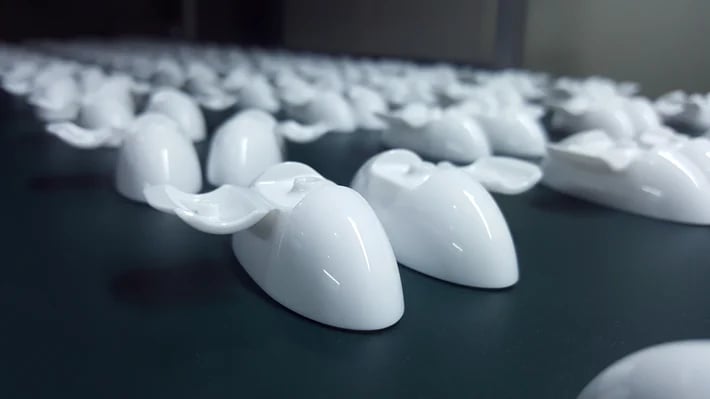
The injection molding industry continues to evolve through the adoption of newly engineered plastic materials and emerging production technologies.
As with many manufacturing sectors today, the current trends in injection molding tend to focus on automation, optimization, and achieving better sustainability. These trends will no doubt continue into the future, driving injection molding services to become ever more efficient and environmentally friendly. In terms of direct advantages to the customer, plastic injection molding is continually evolving to be quicker, more cost-effective, and more flexible for producing a wider range of products.
5 Ways Injection Molding Services Are Continuing to Evolve:
1. Innovations in Materials Science
The injection molding industry is constantly exploring new material options. Decades of advancement in materials science has ushered in increasingly better plastic options, engineered to exhibit unique mechanical properties or very specific performance attributes.Whether it’s high-temperature thermoplastics, low-friction polymers, or extremely wear-resistant engineering plastics, there are now abundant material options for manufacturers to choose from which satisfy the unique needs of a myriad of products. That means more and more products on the market have transitioned to injection molding to achieve optimum performance – in many cases, molded plastics are even replacing traditionally metal components.
Other material innovations include bio-compatible plastics for medical use and wearable electronics, as well as biodegradable plastics for better recyclability. From the carbon footprint of the production process to the performance of the end products, the advancement of materials science has made injection molding a progressive manufacturing solution.
2. Higher Complexity, Miniature Parts, and Micro-Manufacturing
Advancements in design software, toolmaking, and injection molding machines facilitate the manufacturing of more complex molded products which are built to a higher quality standard. For example, highly intricate part features and multi-component insert molding are no problem for our modern production equipment. Better precision, accuracy, and repeatability are constantly being achieved through the adoption of new injection molding technologies and processes.
There is a similar trend of miniaturization in the plastic molding market, especially in industries such as electronics where small, intricate components are more in-demand than ever. Traditionally, small or miniature parts were a much greater challenge for manufacturers. Today’s technologies make small part injection molding easier and more efficient than ever. We can seamlessly incorporate specialized design features and unique production methods to ensure the highest accuracy and repeatability possible, even for the tiniest components with precision tolerances.
3. Automation and Industry 4.0
Along with most of the modern day manufacturing space, the injection molding industry is increasingly adopting Industry 4.0 practices. That mostly means incorporating automated manufacturing technologies, smart systems, and more robust data exchange throughout the entire process.
At AIM, we utilize some of the latest automation technologies to keep our factory operating 24 hours a day, 7 days a week. This “lights out” capability helps us achieve high-volume capacity when needed and enables us to be more cost-competitive with much larger international providers. Which brings us to the next industry trend: on-demand manufacturing schedules.
4. On-Demand Injection Molding – Just-in-Time Manufacturing
Companies today are always looking for ways to streamline the product development lifecycle and reduce their time to market. In many cases, the goal is to virtually eliminate the entire inventory holding process and manufacture the products on-demand, only as needed. New technologies make on-demand injection molding services more feasible than ever, helping companies minimize their overhead costs while establishing a more robust and sustainable supply chain.
5. Striving for Better Sustainability
The plastic molding industry has been working hard to achieve better sustainability. A big part of this is the engineering of new materials which are more eco-friendly and sustainable – in some cases completely renewable. For example, bio-plastics such as PLA and PHA are derived from vegetable oils, sugar cane, and other renewable sources rather than petroleum-based oils. Many injection molding plastics today are also recycled, which reduces the need for new resin production, minimizing the carbon footprint at its source. Further, some materials are specially branded by resin manufacturers to include levels of recycled content.
When combined with the efficiency of the modern day production line and a simplified supply chain, increasingly sustainable materials make injection molding one of the greenest ways to manufacture custom plastic products for the foreseeable future.
Bringing the Latest, Most Innovative Injection Molding Technology to the American Market
Based in the Denver, Colorado area since 1993, AIM Processing is proud to be one of the nation’s leading plastic injection molding companies. Utilizing the latest innovations in materials science and production technology, we can tackle virtually any custom molded plastics with the quality that your products deserve.

 SINCE 1993 MADE IN USA
SINCE 1993 MADE IN USA 

